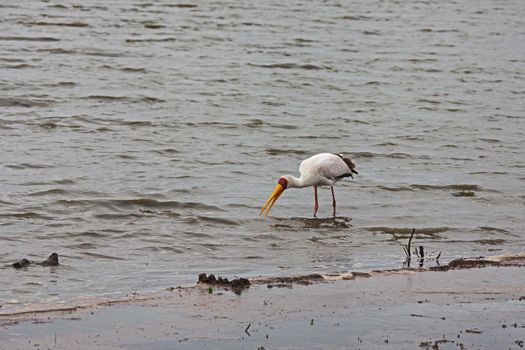- Filter By:
-
-
Stock photos and images of username:kobus_peche

Grey Heron (Ardea cinerea) 13721
Stock PhotoUsername
kobus_pecheResolution
5616x3744pxGrey Heron (Ardea cinerea) 13721
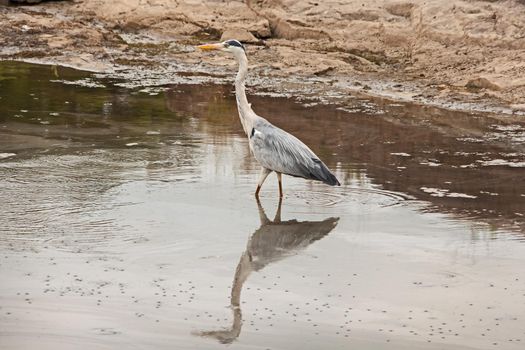

Nest of the Sociable Weaver 4862
Stock PhotoUsername
kobus_pecheResolution
5616x3744pxNest of the Sociable Weaver 4862
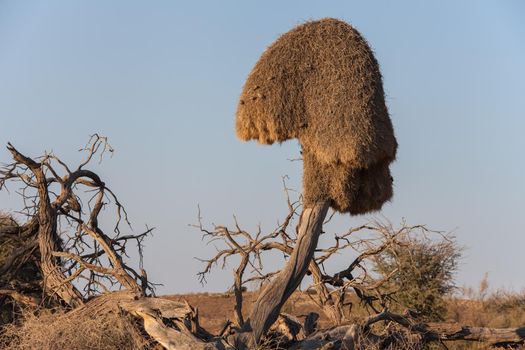

Male Ostrich Struthio camelus 4772
Stock PhotoUsername
kobus_pecheResolution
5616x3744pxMale Ostrich Struthio camelus 4772
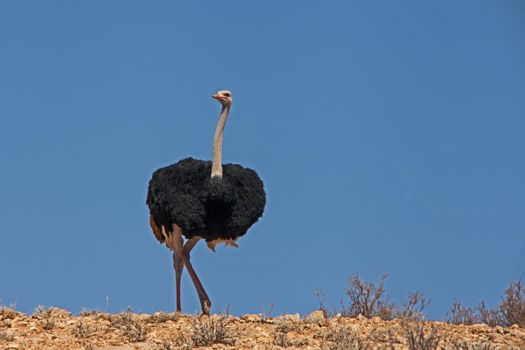

Wall street on Navao Loop Bryce National Park 2480
Stock PhotoUsername
kobus_pecheResolution
5616x3744pxWall street on Navao Loop Bryce National Park 2480
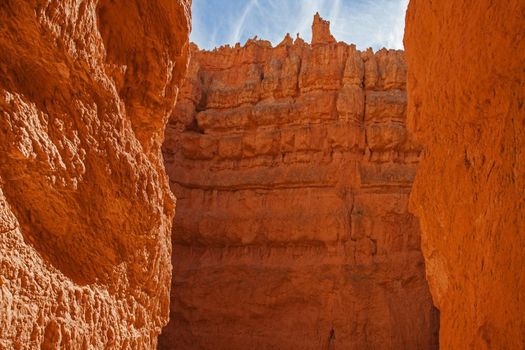
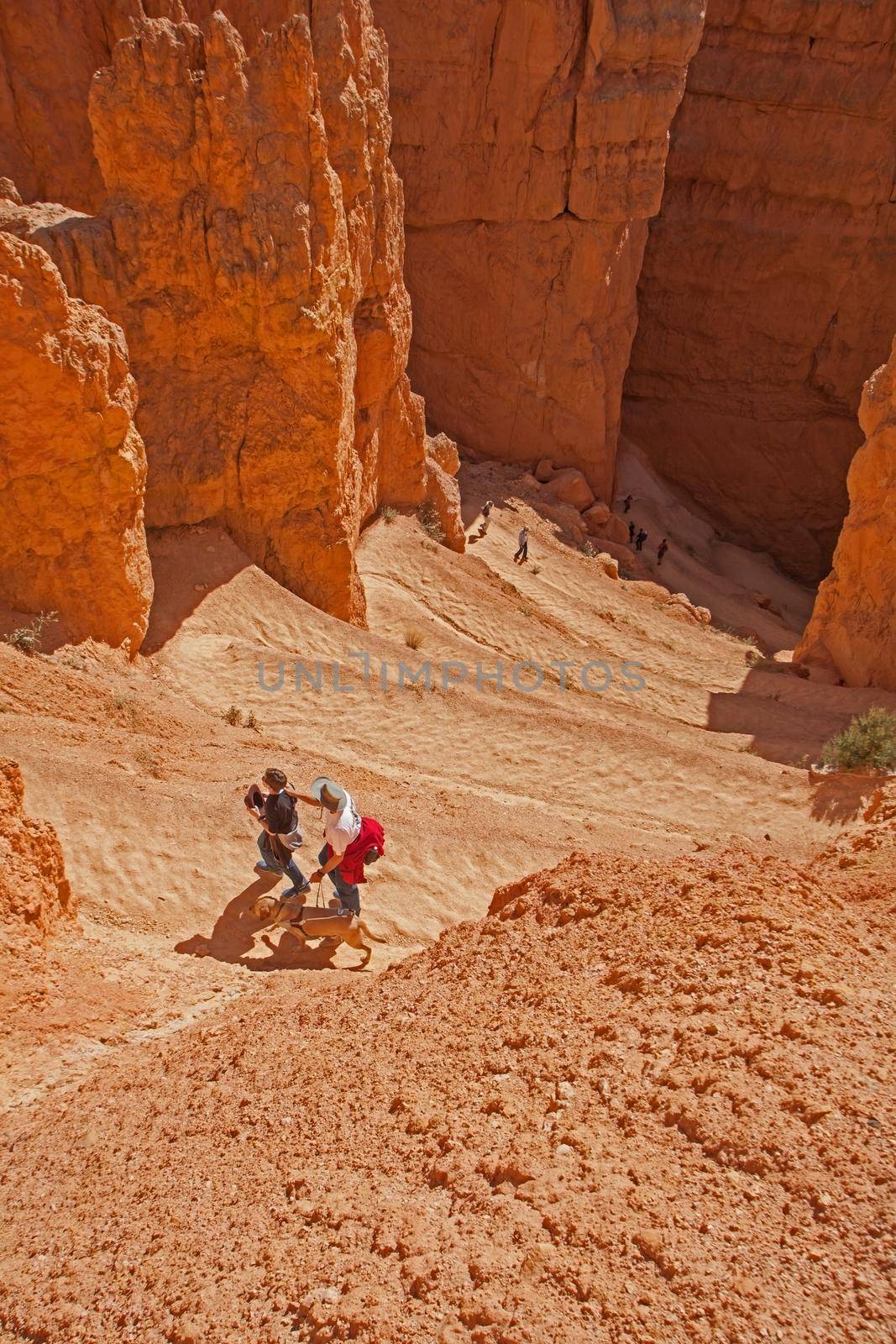
The Navajo Trail is accessible to the visually impaired 2484
Stock PhotoUsername
kobus_pecheResolution
3744x5616pxThe Navajo Trail is accessible to the visually impaired 2484

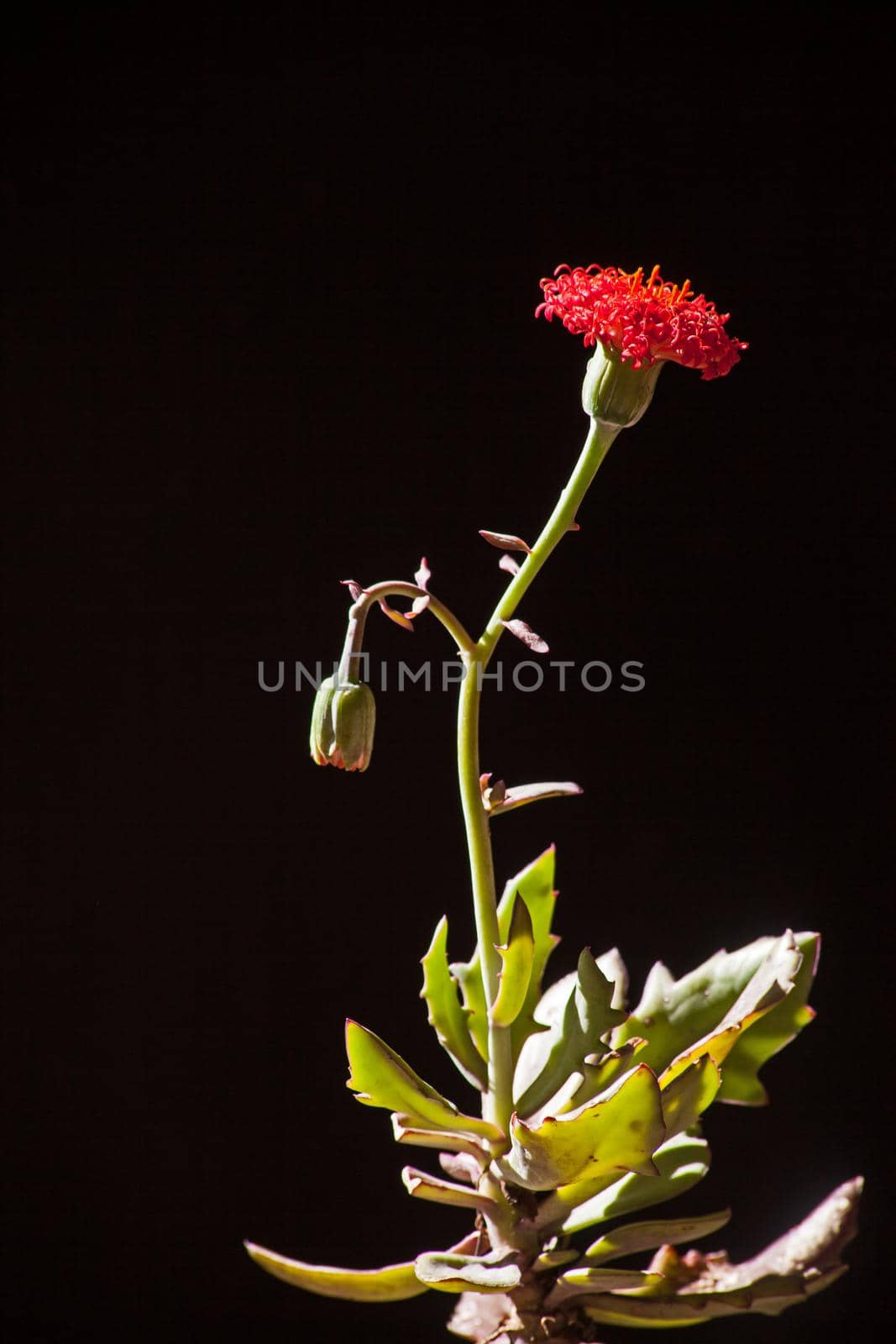
Senecio fulgens 14554
Stock PhotoUsername
kobus_pecheResolution
3744x5616pxSenecio fulgens 14554


Impala ewe (Aepyceros melampus) with lamb 14830
Stock PhotoUsername
kobus_pecheResolution
5616x3744pxImpala ewe (Aepyceros melampus) with lamb 14830
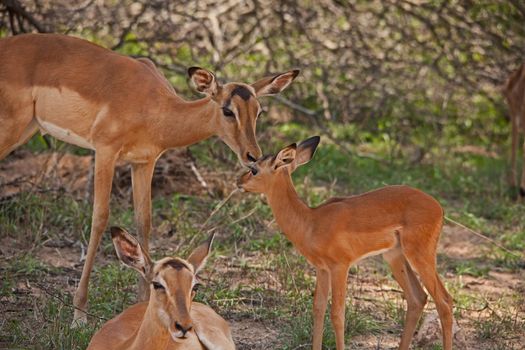

A Single Impala Lamb (Aepyceros melampus) 15060
Stock PhotoUsername
kobus_pecheResolution
5616x3744pxA Single Impala Lamb (Aepyceros melampus) 15060
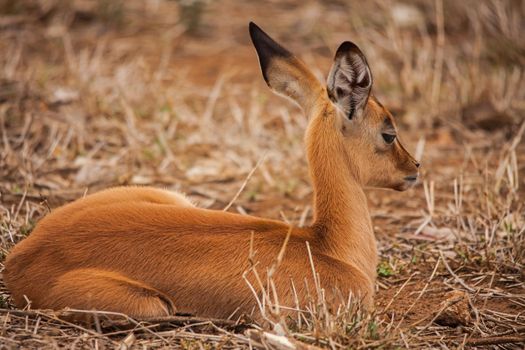

Impala ewe (Aepyceros melampus) with lamb 14834
Stock PhotoUsername
kobus_pecheResolution
5616x3744pxImpala ewe (Aepyceros melampus) with lamb 14834
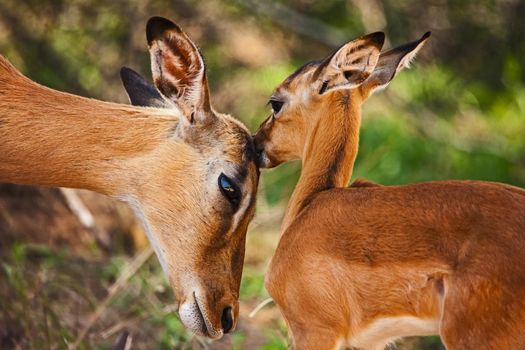

A crèche of Impala (Aepyceros melampus) lambs 15058
Stock PhotoUsername
kobus_pecheResolution
5616x3744pxA crèche of Impala (Aepyceros melampus) lambs 15058
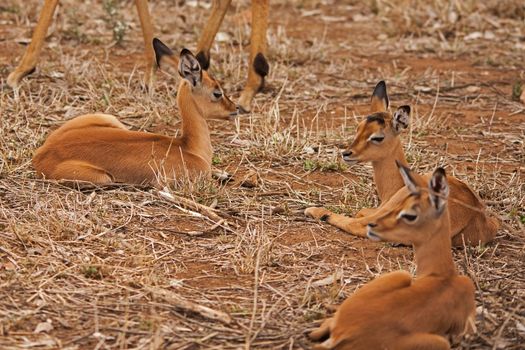

Impala ewe (Aepyceros melampus) with lamb 14829
Stock PhotoUsername
kobus_pecheResolution
5616x3744pxImpala ewe (Aepyceros melampus) with lamb 14829
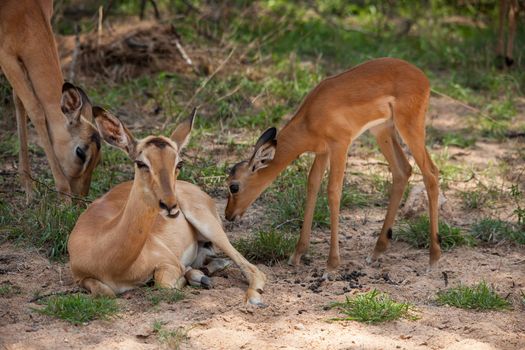

Impala ewe (Aepyceros melampus) with lamb 14793
Stock PhotoUsername
kobus_pecheResolution
5616x3744pxImpala ewe (Aepyceros melampus) with lamb 14793
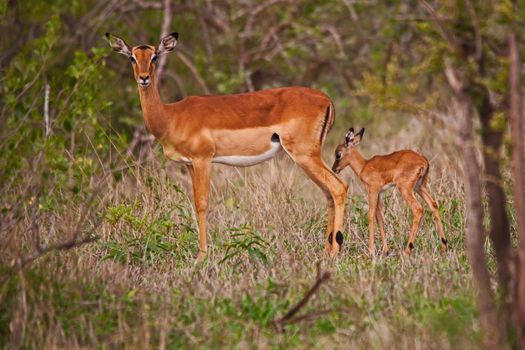
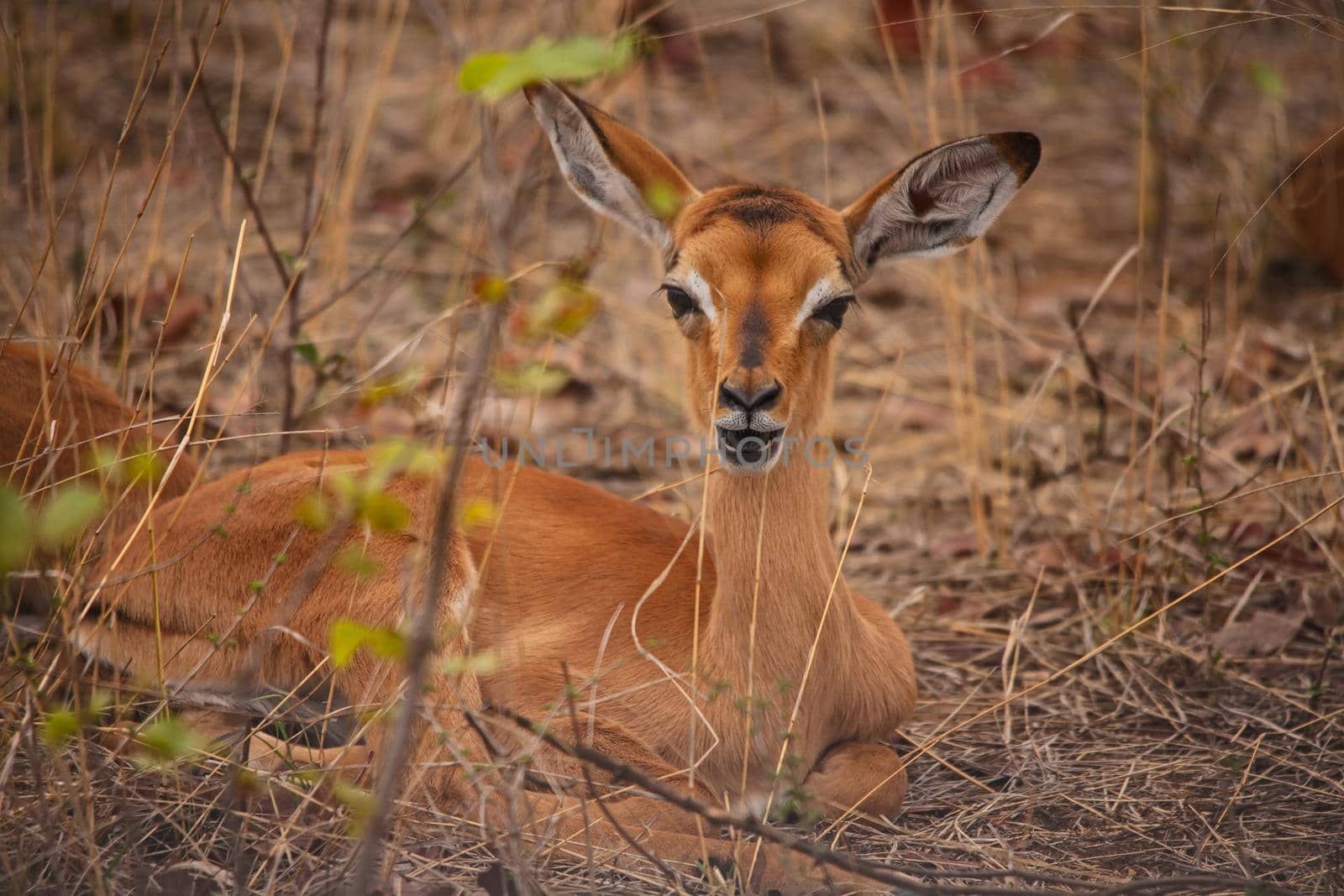
A Single Impala Lamb (Aepyceros melampus) 15057
Stock PhotoUsername
kobus_pecheResolution
5616x3744pxA Single Impala Lamb (Aepyceros melampus) 15057


A Single Impala Lamb (Aepyceros melampus) 15002
Stock PhotoUsername
kobus_pecheResolution
5616x3744pxA Single Impala Lamb (Aepyceros melampus) 15002
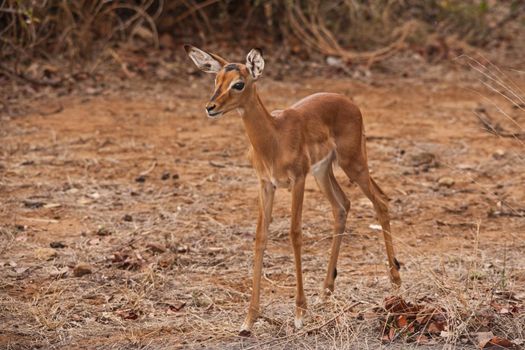

Impala ewe (Aepyceros melampus) with lamb 14837
Stock PhotoUsername
kobus_pecheResolution
5616x3744pxImpala ewe (Aepyceros melampus) with lamb 14837
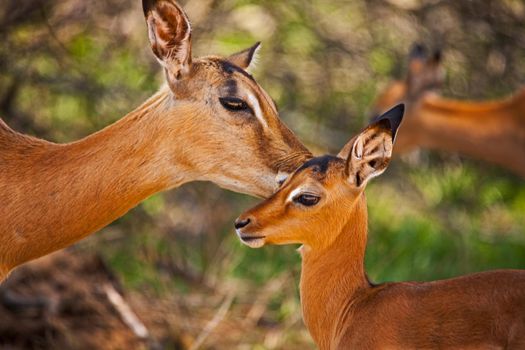

Burchell's Zebra Equus quagga burchellii 13725
Stock PhotoUsername
kobus_pecheResolution
5616x3744pxBurchell's Zebra Equus quagga burchellii 13725
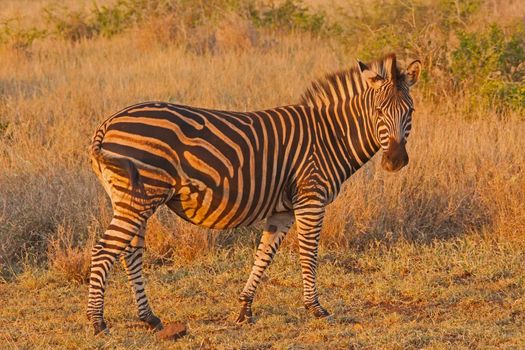

African Elephant Loxodonta africana resting 13718
Stock PhotoUsername
kobus_pecheResolution
5616x3744pxAfrican Elephant Loxodonta africana resting 13718
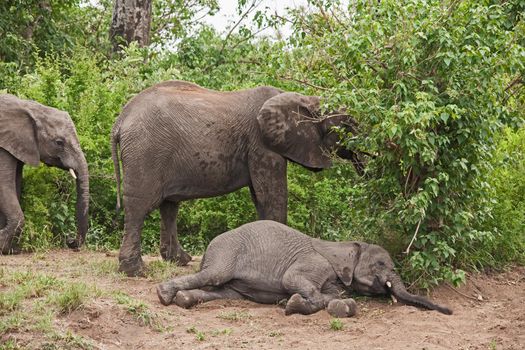

Steenbok Raphicerus campestris 13723
Stock PhotoUsername
kobus_pecheResolution
5616x3744pxSteenbok Raphicerus campestris 13723


African Open-billed Stork (Anastomus lamelligerus) 13685
Stock PhotoUsername
kobus_pecheResolution
5616x3744pxAfrican Open-billed Stork (Anastomus lamelligerus) 13685
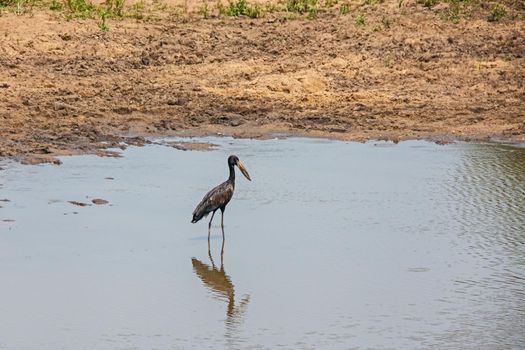

African Fish Eagle Haliaeetus vocifer 13698
Stock PhotoUsername
kobus_pecheResolution
5616x3744pxAfrican Fish Eagle Haliaeetus vocifer 13698
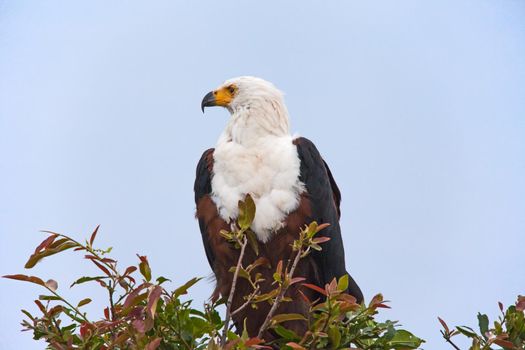

Wall street on Navao Loop Bryce National Park 2479
Stock PhotoUsername
kobus_pecheResolution
3744x5616pxWall street on Navao Loop Bryce National Park 2479

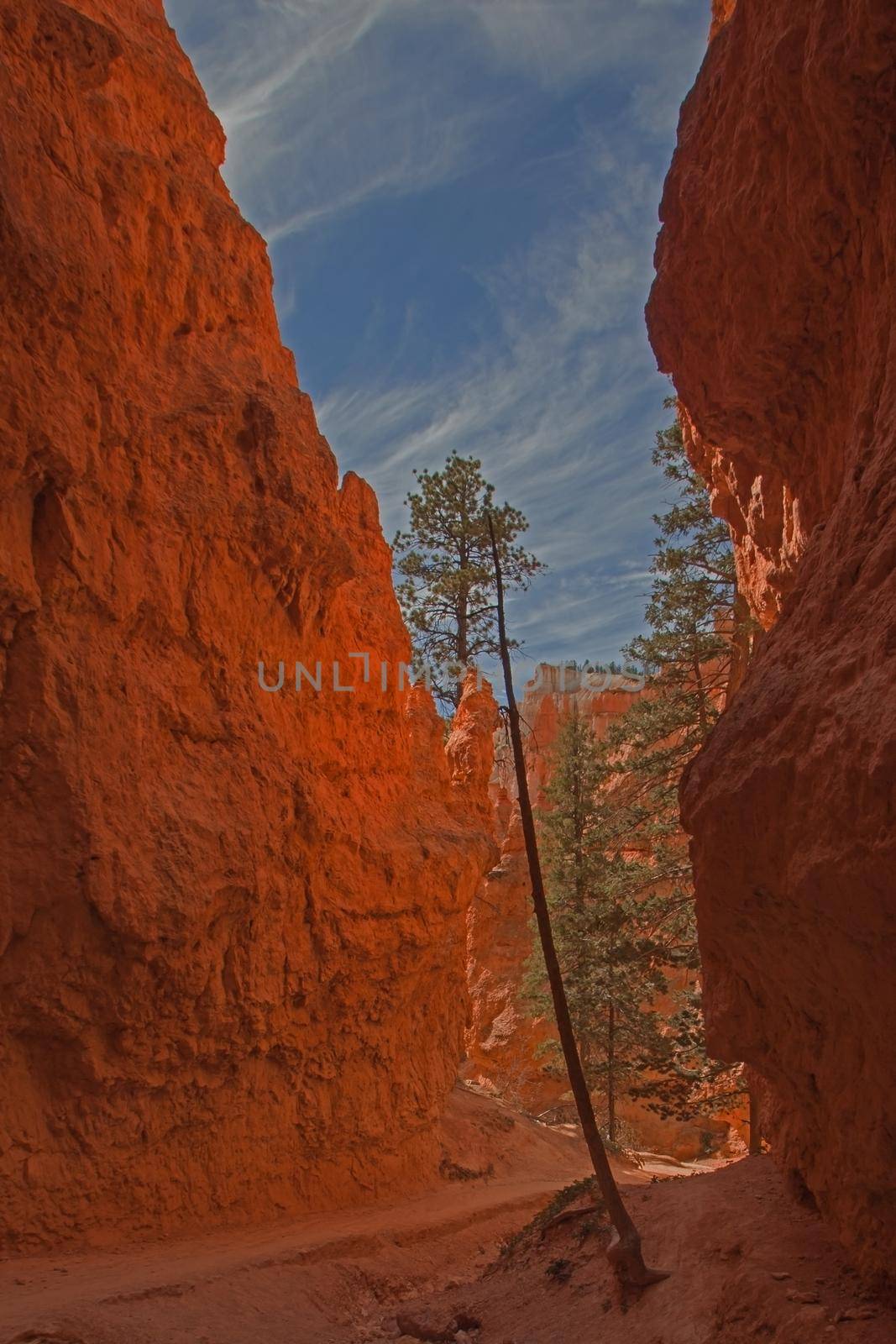
Douglas Fir on Wall street, Navajo Loop 2476
Stock PhotoUsername
kobus_pecheResolution
4680x7020pxDouglas Fir on Wall street, Navajo Loop 2476


Cape Buffalo(Syncerus caffer) with Red-billed Oxpeckers (Buphagus erythrorhynchus) 13840
Stock PhotoUsername
kobus_pecheResolution
5616x3744pxCape Buffalo(Syncerus caffer) with Red-billed Oxpeckers (Buphagus erythrorhynchus) 13840
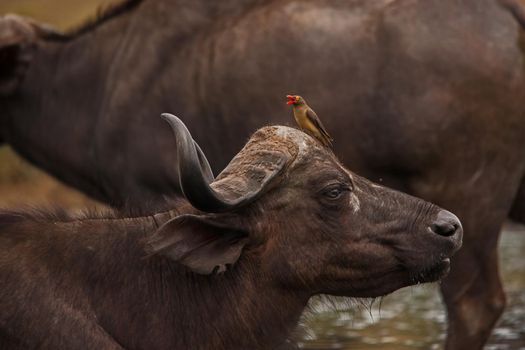

Black-winged Stilt Himantopus himantopus 13862
Stock PhotoUsername
kobus_pecheResolution
5616x3744pxBlack-winged Stilt Himantopus himantopus 13862
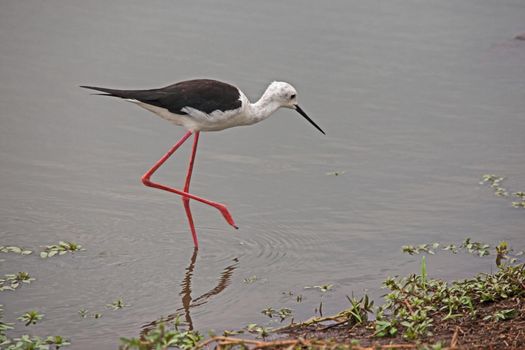

Zebra Stallions 13831 BW
Stock PhotoUsername
kobus_pecheResolution
5616x3744pxZebra Stallions 13831 BW
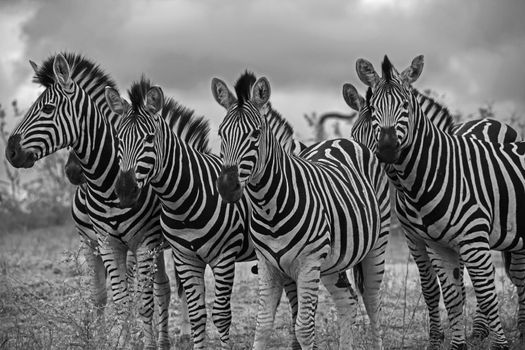

Egyptian Goose (Alopochen aegyptiaca) 13843
Stock PhotoUsername
kobus_pecheResolution
5616x3744pxEgyptian Goose (Alopochen aegyptiaca) 13843
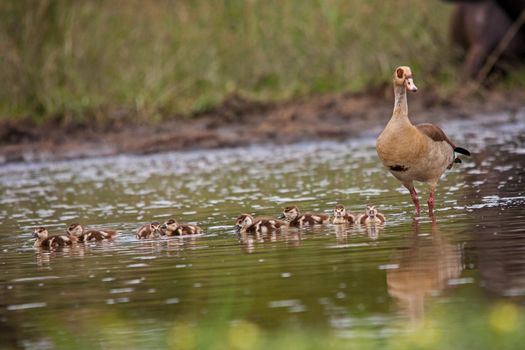
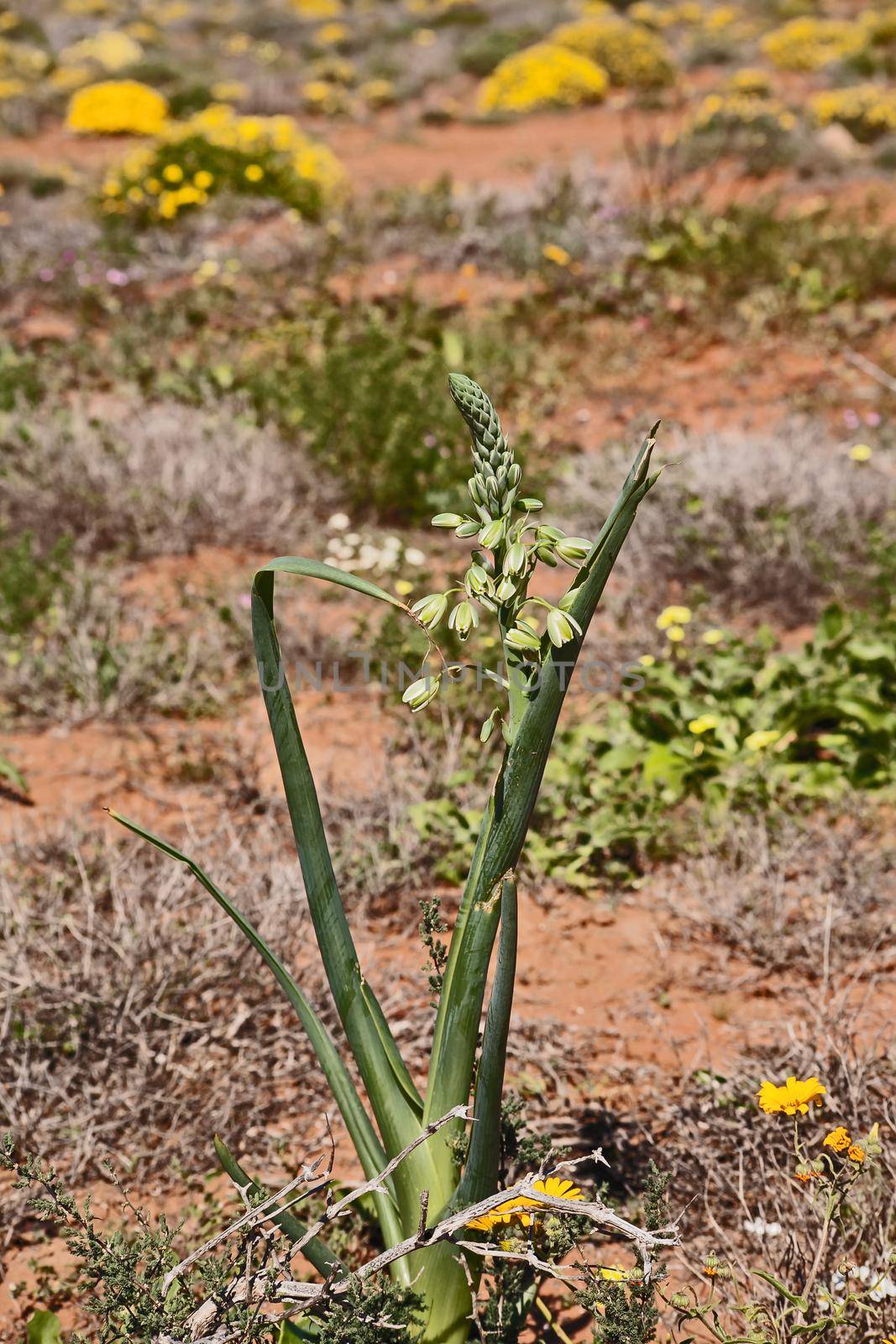
Albuca flaccida 11638
Stock PhotoUsername
kobus_pecheResolution
3217x4826pxAlbuca flaccida 11638


Almond Blossom 8814
Stock PhotoUsername
kobus_pecheResolution
5616x3744pxAlmond Blossom 8814
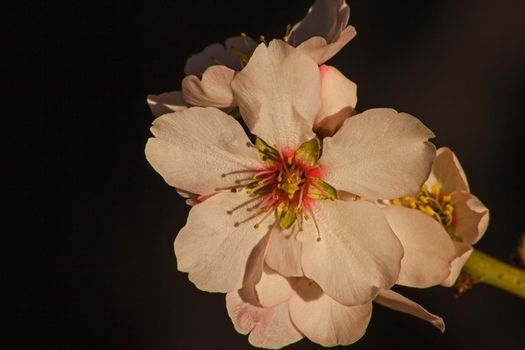

Gray Heron (Ardea cinerea) 13861
Stock PhotoUsername
kobus_pecheResolution
5616x3744pxGray Heron (Ardea cinerea) 13861
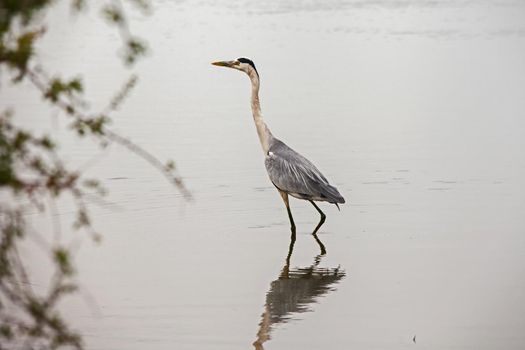

Almond Blossom 8816
Stock PhotoUsername
kobus_pecheResolution
5616x3744pxAlmond Blossom 8816
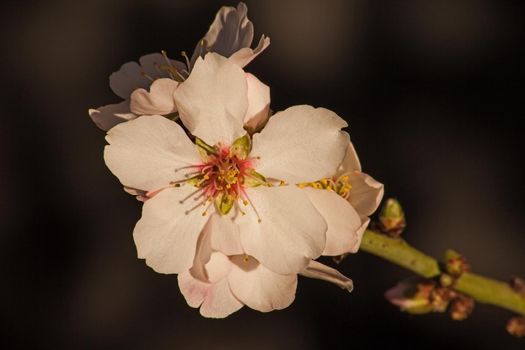

Almond Blossom 8815
Stock PhotoUsername
kobus_pecheResolution
5616x3744pxAlmond Blossom 8815
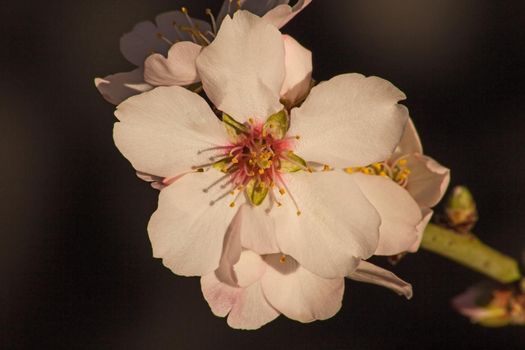

Yellow-billed Stork Mycteria ibis 13782
Stock PhotoUsername
kobus_pecheResolution
5616x3744pxYellow-billed Stork Mycteria ibis 13782
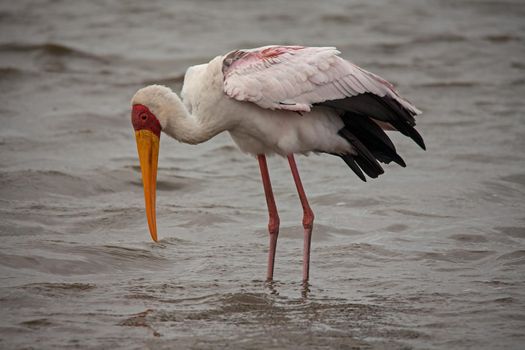

Secretary bird (Sagittarius serpentarius) 4949
Stock PhotoUsername
kobus_pecheResolution
5616x3744pxSecretary bird (Sagittarius serpentarius) 4949
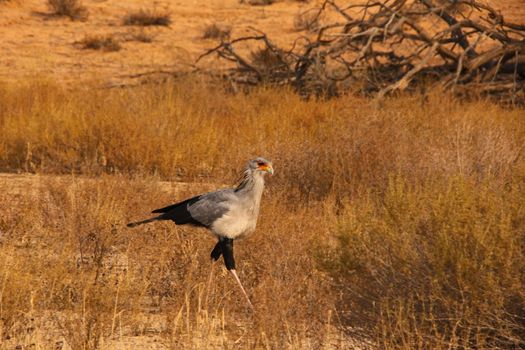

Kalahari lioness BW
Stock PhotoUsername
kobus_pecheResolution
5616x3744pxKalahari lioness BW
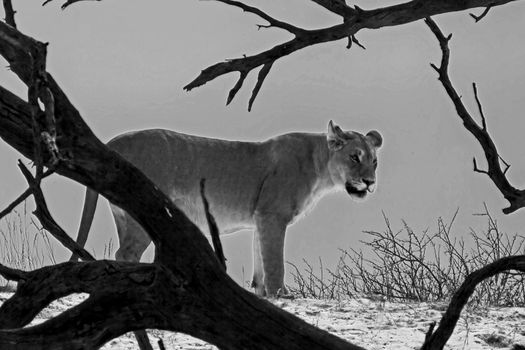

Nest of the Sociable Weaver
Stock PhotoUsername
kobus_pecheResolution
5616x3744pxNest of the Sociable Weaver
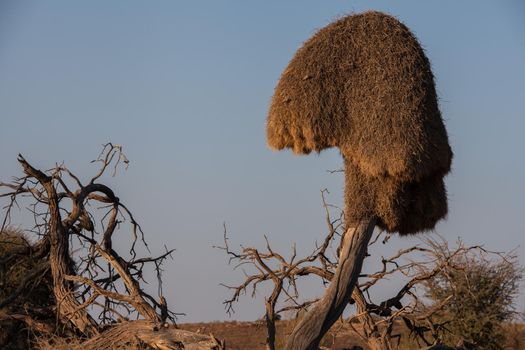

Kalahari lioness 4983
Stock PhotoUsername
kobus_pecheResolution
5616x3744pxKalahari lioness 4983
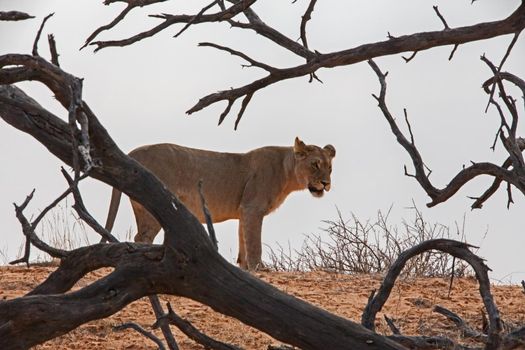
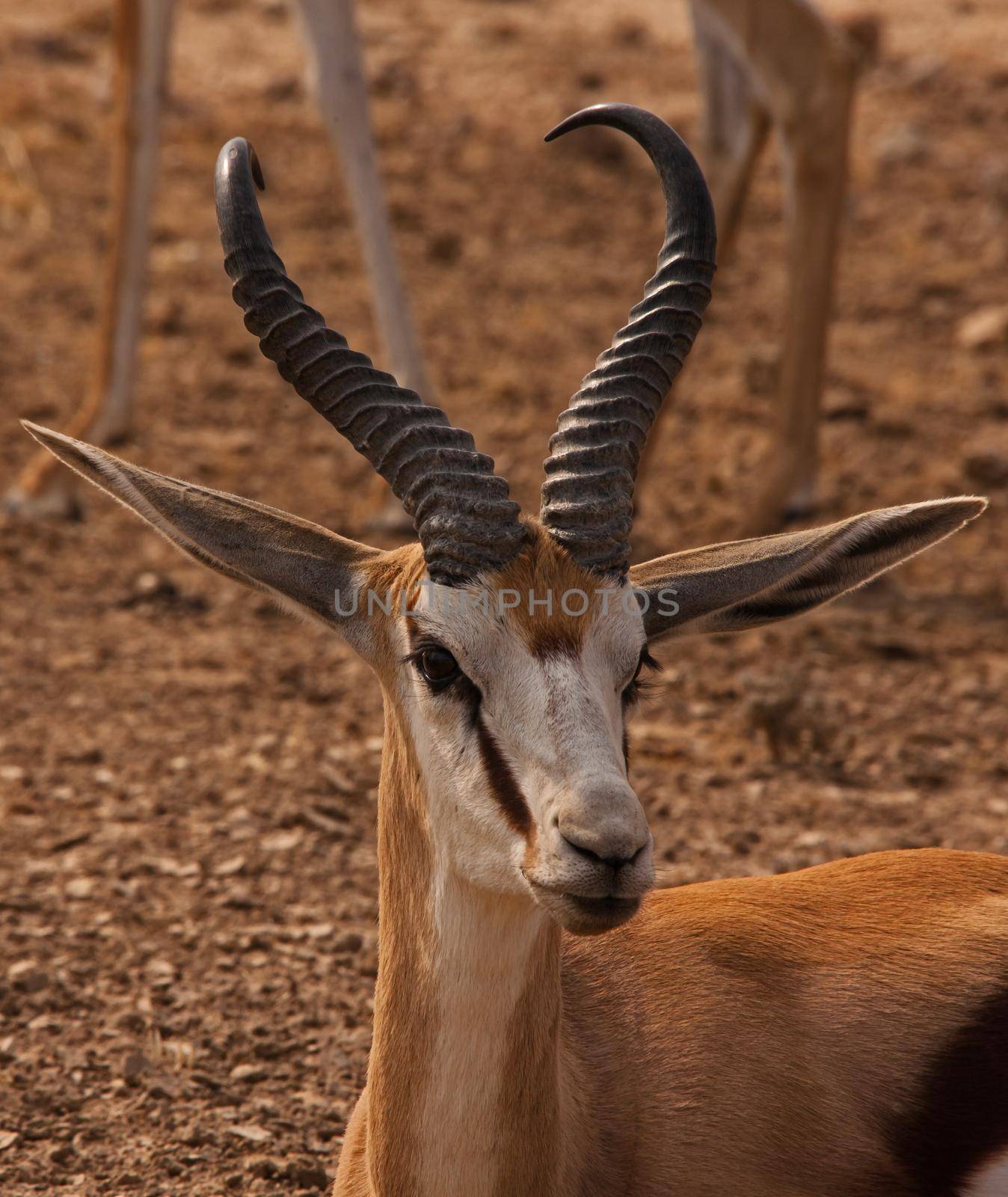
Springbok (Antidorcas marsupialis)
Stock PhotoUsername
kobus_pecheResolution
3086x3663pxSpringbok (Antidorcas marsupialis)

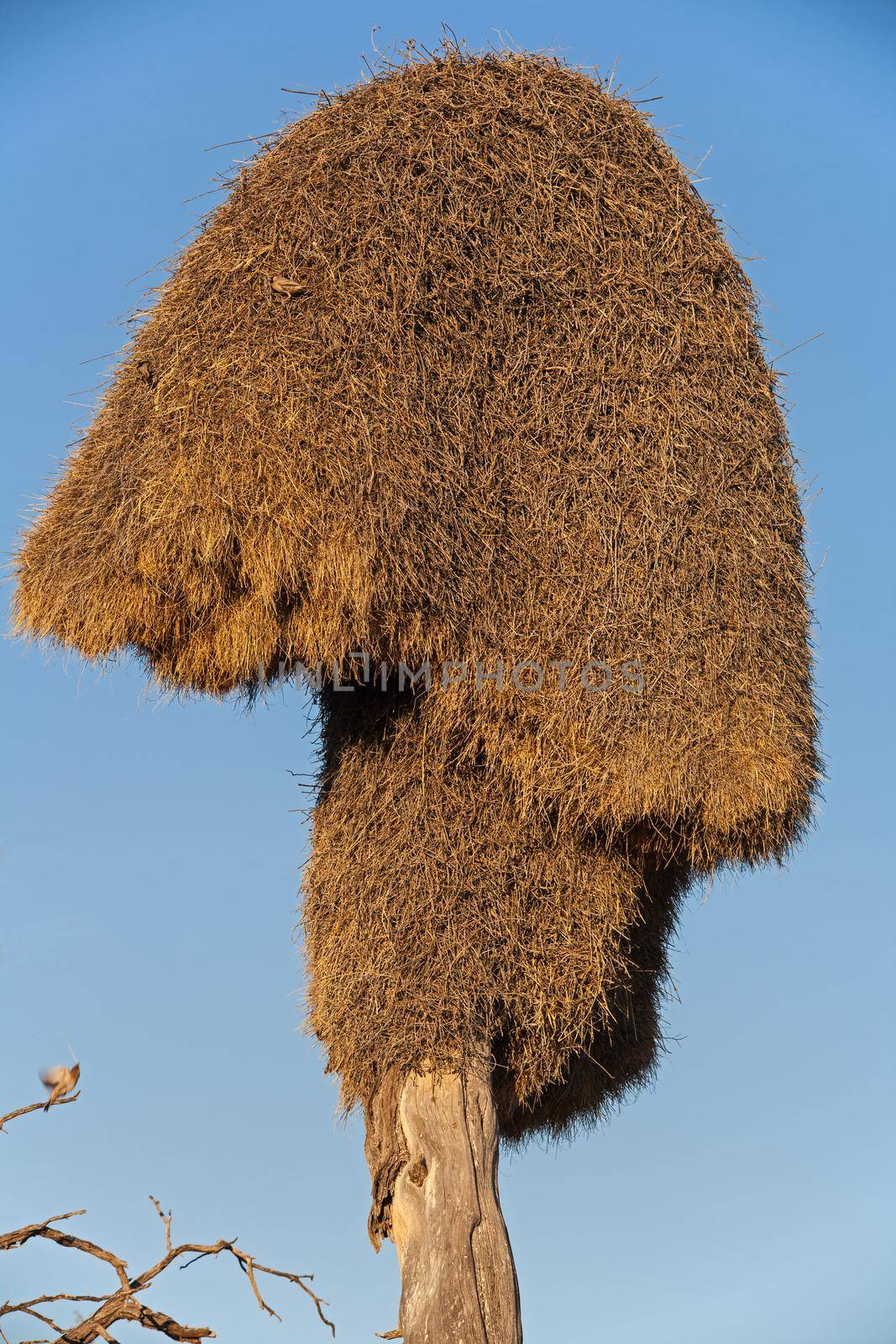
Nest of the Sociable Weaver 4867
Stock PhotoUsername
kobus_pecheResolution
3744x5616pxNest of the Sociable Weaver 4867


Secretary bird (Sagittarius serpentarius)
Stock PhotoUsername
kobus_pecheResolution
5616x3744pxSecretary bird (Sagittarius serpentarius)
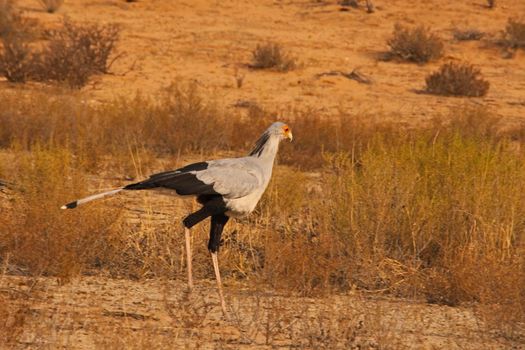

African Wildcat Felis silvestris
Stock PhotoUsername
kobus_pecheResolution
5616x3744pxAfrican Wildcat Felis silvestris

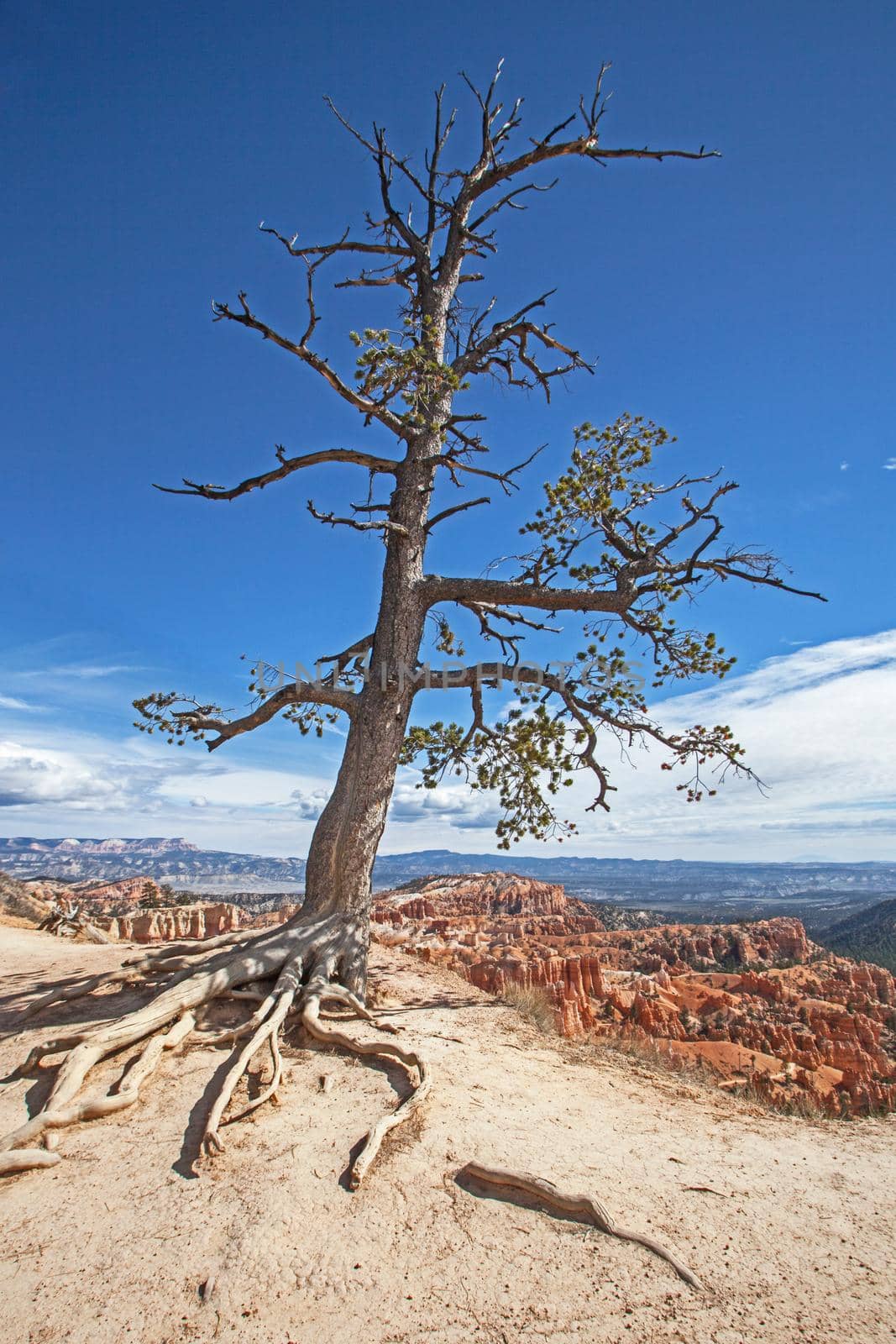
Limber Pine
Stock PhotoUsername
kobus_pecheResolution
3744x5616pxLimber Pine


Flowers of the Rocket Plant
Stock PhotoUsername
kobus_pecheResolution
5616x3744pxFlowers of the Rocket Plant
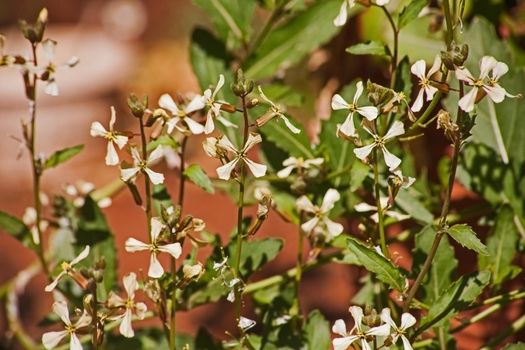

Cymbidium Orchid Flowers 8821
Stock PhotoUsername
kobus_pecheResolution
5616x3744pxCymbidium Orchid Flowers 8821


Nyala (Tragelaphus angasii) 13747
Stock PhotoUsername
kobus_pecheResolution
5616x3744pxNyala (Tragelaphus angasii) 13747
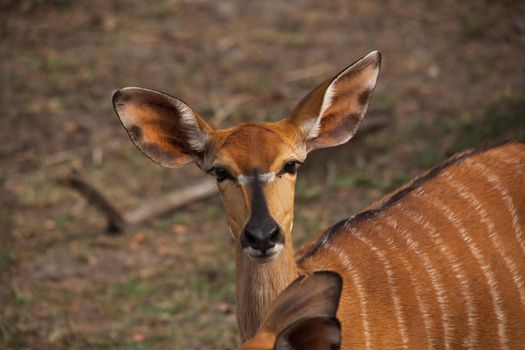

Nile Crocodile (Crocodylus niloticus) 13781
Stock PhotoUsername
kobus_pecheResolution
5616x3744pxNile Crocodile (Crocodylus niloticus) 13781
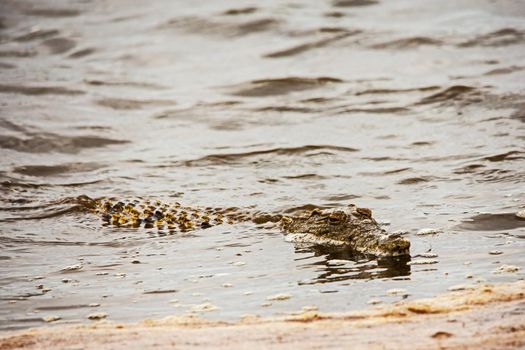

Cymbidium Orchid Flowers 8824
Stock PhotoUsername
kobus_pecheResolution
5616x3744pxCymbidium Orchid Flowers 8824


Cymbidium Orchid Flowers 8817
Stock PhotoUsername
kobus_pecheResolution
5616x3744pxCymbidium Orchid Flowers 8817
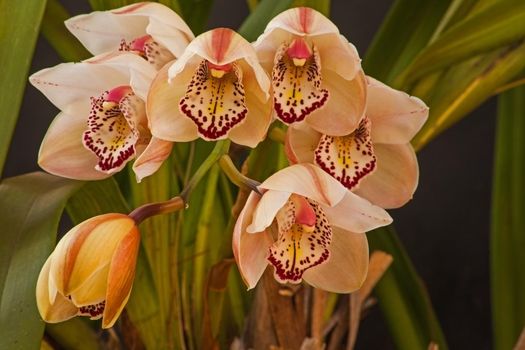

Cymbidium Orchid Flowers 8822
Stock PhotoUsername
kobus_pecheResolution
5616x3744pxCymbidium Orchid Flowers 8822
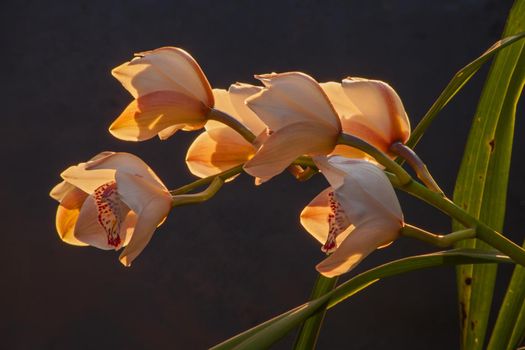

Yellow-billed Stork (Mycteria ibis) 13775
Stock PhotoUsername
kobus_pecheResolution
5616x3744pxYellow-billed Stork (Mycteria ibis) 13775


Yellow-billed Stork (Mycteria ibis) 13774
Stock PhotoUsername
kobus_pecheResolution
5616x3744pxYellow-billed Stork (Mycteria ibis) 13774
